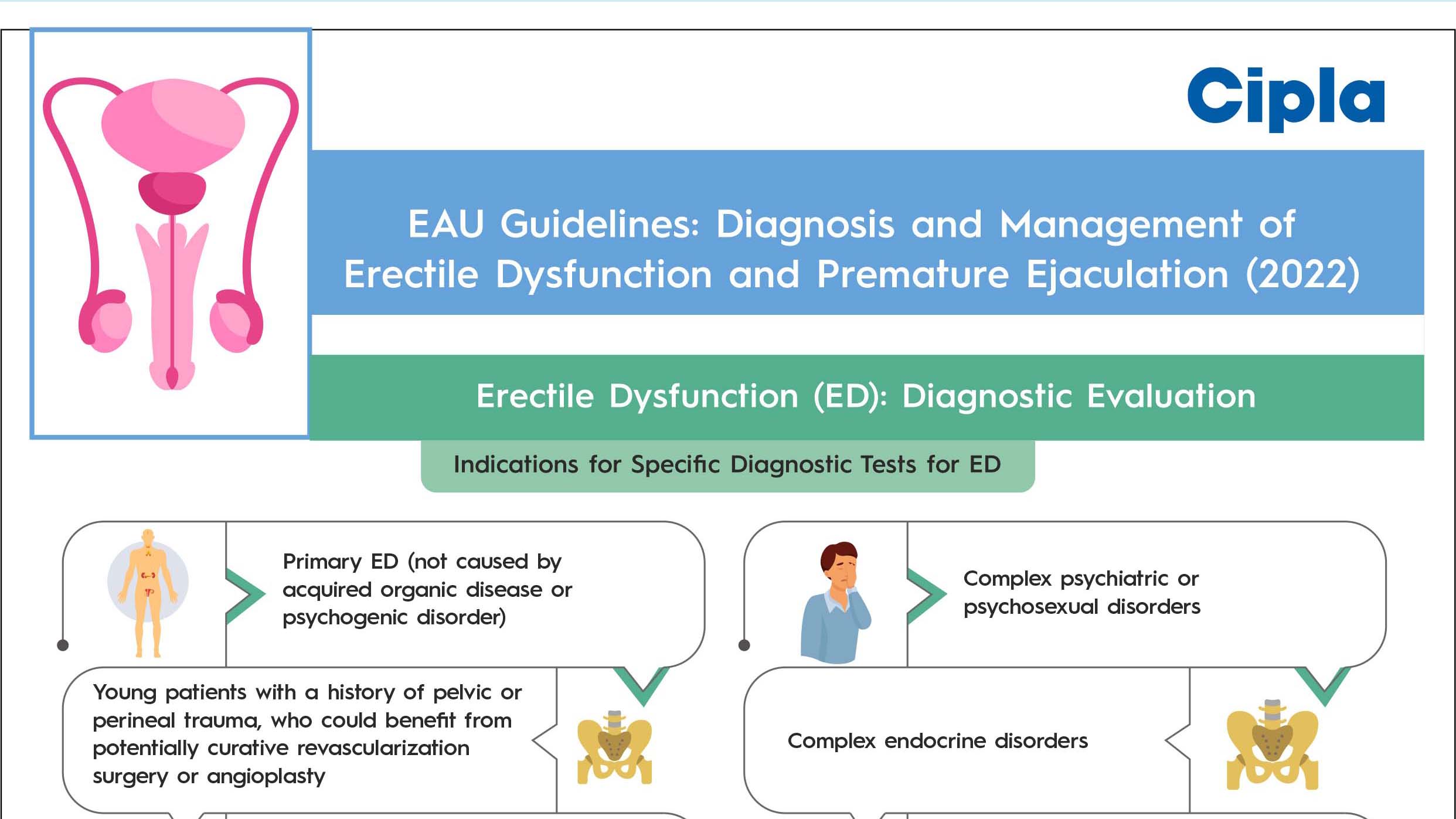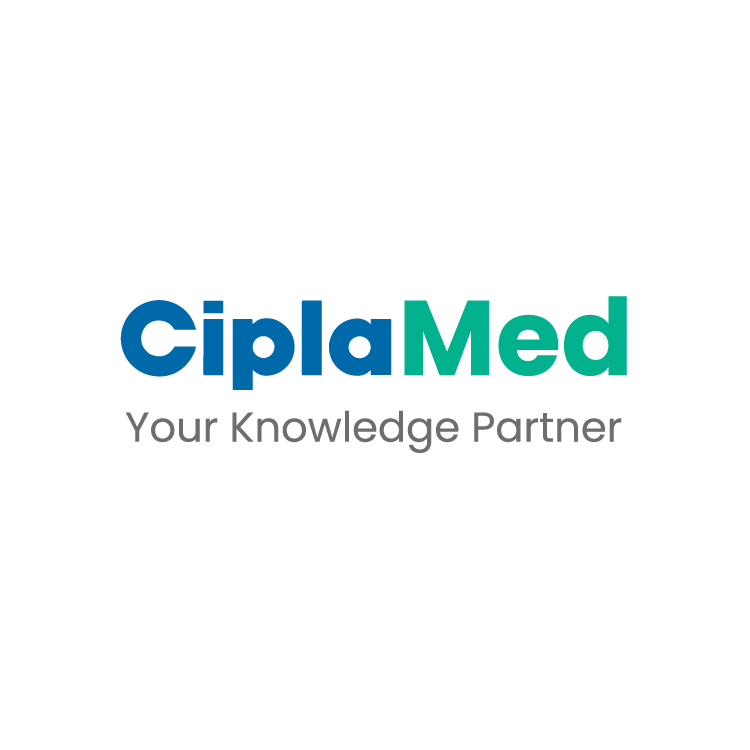Andrological Health as a Proxy of Overall Man's Health
Speaker- Dr Andrea Salonia
Introduction:
Dr. Andrea Salonia (Milan, Italy) opened the European Association of Urology (EAU) lecture by emphasizing the central thesis: andrological health is a critical indicator of a man’s overall health—spanning physical, metabolic, cardiovascular, and mental well-being. Representing EAU's andrology division and guidelines panel, Dr. Salonia argued that male reproductive health should be assessed as a systemic health proxy throughout a man’s lifespan.
Fertility as a Health Proxy:
- Infertility is a disease recognized by EAU, AUA, and ASRM.
- Studies show infertile men have a higher burden of comorbidities, both pre-existing and future-onset.
- A landmark case-control study showed lower health status (CCI score) in infertile vs. fertile men of the same age and ethnicity.
- Sperm concentration is a validated biomarker of general health. Lower counts correlate with increased risk of mortality and systemic diseases.
- Data from Denmark’s national registry confirm total sperm count as a predictor of early death.
- Azoospermia is linked with increased cancer risk (e.g., testis, prostate, melanoma) and systemic morbidity.
Hypogonadism and Testosterone:
- Testosterone deficiency (hypogonadism) is a second key biomarker.
- Associated symptoms: erectile dysfunction (ED), low libido, and reduced nocturnal erections.
- Latent hypogonadism affects young men too, not just age-related (LOH).
- The TRAVERSE trial showed that testosterone therapy is safe even in men with cardiovascular disease and does not increase prostate cancer risk, even in those with a family history.
Sexual Function and ED as Cardiovascular Predictors:
- Erectile dysfunction (ED) is increasingly reported by younger men and is strongly associated with depression.
- Bidirectional link: ED can lead to depression and vice versa—both independently raise cardiovascular risk.
- Landmark studies show ED precedes chest pain and cardiovascular events by ~4 years.
- ED is now recognized as a predictor of future myocardial infarction, stroke, and cardiovascular mortality.
- Machine learning models and EAU guidelines recommend calcium scoring and cardiac risk stratification in men presenting with ED—even in the absence of known heart disease.
Conclusion: Andrology as Systemic Medicine
Dr. Salonia concluded that andrology extends beyond reproductive health. Sperm concentration, testosterone levels, and erectile function serve as simple, yet powerful clinical indicators of overall male health. He urged broader integration of andrological markers into routine male health assessments and invited continued engagement with the EAU’s evolving work in this field.
Priapism: How Best to Manage Prolonged Erections, Priapism of 6-12 Hours and Persistent Priapism > 24 hours
Moderator- Dr. Gregory Broderick
Panellists: Dr. Amy Pearlman, Dr. Serge Carrier, Dr. Mohit Khera
Dr. Broderick introduced the session with three real-world cases reflecting increasing severity and duration of priapism:
- Prolonged erection (6–12 hours)
- Ischemic priapism in sickle cell disease
- Persistent priapism (>24 hours)
He acknowledged the AUA’s ongoing support for priapism guideline development, with three expert panels convened over two decades. Dr. Broderick emphasized that priapism represents a urological emergency, where early intervention is essential to prevent irreversible tissue damage and preserve erectile function.
Case 1: Post-Injection Prolonged Erection
Presented by: Dr. Amy Pearlman
- 60-year-old man develops a prolonged erection after Trimix injection in clinic.
- Not classified as true priapism yet; however, risk of progression exists.
- Conservative strategies (e.g., pseudoephedrine, activity, ejaculation) lack robust evidence.
- AUA guidelines support phenylephrine injection as gold standard for detumescence.
- Clinics should stock properly diluted phenylephrine (100 mcg/mL), administer in-office, and not discharge patient untreated.
- Pearlman highlighted workflow efficiency and the practical need to pair test injections with ready-to-use phenylephrine.
- She emphasized collaboration with online providers who dispense ED medications, warning that fragmented care may increase adverse outcomes.
Case 2: Sickle Cell-Related Priapism (6–12 hours)
Presented by: Dr. Serge Carrier
- 27-year-old African American male with sickle cell disease presents with painful priapism.
- Lifetime priapism risk in sickle cell disease: 29–42%; 89% by age 20 may report episodes.
- Immediate treatment is critical—aspiration of ischemic blood and phenylephrine injection.
- Phenylephrine must be administered only after aspirating acidic blood, as low pH impairs vasoconstrictor effectiveness.
- Do not delay treatment for transfusions or supportive care alone; manage ischemia directly.
- If blood clots are present (typically >12 hrs), larger bore needles may be needed.
- Monitoring vital signs is important when high doses of phenylephrine are used.
Case 3: Persistent Priapism (>24 hours)
Presented by: Dr. Mohit Khera
- 57-year-old male presents to ED after 25 hours of erection; multiple PDE5 inhibitors and strong TriMix formulations were used.
- Pharmacologic and aspiration measures failed—surgery is indicated.
- Distal shunts (Winter, Ebbehøj, Al-Ghorab) and proximal shunts (Quackels, Gray-Hack) are options, though success varies (50–75%) and ED is common.
- Tunneling techniques (T-shunt, Burnett maneuver) and penoscrotal decompression offer higher success (80–100%) but also carry ED risk (up to 100% in tunneling).
- Penoscrotal decompression spares the distal corpora and may reduce future prosthesis complications.
- A penile prosthesis may be considered if >36 hours have passed or erectile tissue is irreversibly damaged.
- Blood gas testing post-shunt is vital to differentiate reactive hyperemia from true ischemic recurrence before reoperation.
Concluding Remarks by Dr. Broderick:
- Ischemic priapism is a compartment syndrome that leads to corporal fibrosis and erectile dysfunction if untreated.
- Irreversible damage may begin after 12 hours; most patients with >36 hours of priapism develop permanent ED.
- Effective management includes early detumescence, shunting, or decompression procedures.
- In select patients, early penile prosthesis placement should be discussed to preserve penile length and function.
Shockwave Therapy: Should it be Offered as a Treatment for Erectile Dysfunction?
Speaker- Dr. Alexander Pastuszak
This session reviewed the rationale, data, and evolving role of low-intensity shockwave therapy (LiSWT) in treating erectile dysfunction (ED)—including severe ED and post-prostatectomy ED. The speaker advocates for expanding the clinical use of LiSWT beyond mild-to-moderate ED, arguing that early evidence supports its vascular regenerative potential even in patients poorly responsive to phosphodiesterase type 5 inhibitors (PDE5i).
Position Highlights:
Shockwave therapy is a regenerative modality that stimulates neovascularization and cellular repair, already proven in orthopedics, cardiology, and wound healing. While LiSWT remains off-label in the U.S. and is designated “experimental” by the AUA (as of 2018), the 2024 EAU guidelines now support its use in select severe ED cases, especially for PDE5i non-responders.
Key Clinical Studies Discussed:
- Gruenwald et al., 2012:
- Patients: Men with severe ED and PDE5i non-response
- Outcome:
- 72% achieved Erection Hardness Score (EHS) ≥3 (sufficient for penetration)
- Improvement in IIEF scores
- Significance: Demonstrates potential even in treatment-refractory ED.
- Kalyvianakis et al., 2024:
- Patients: 48 men with vasculogenic ED, failing PDE5i
- Intervention: LiSWT + Tadalafil vs. sham + Tadalafil
- Outcome: Greater improvement in IIEF and SEP at 1 and 3 months
- Conclusion: Combination therapy outperforms PDE5i monotherapy.
- Post-Prostatectomy Study: (Motil et al. 2022)
- Population: Men with mild to severe ED post-radical prostatectomy
- Result: Faster recovery of erectile function with LiSWT
- Implication: Potential role in post-surgical rehabilitation.
Clinical Implications:
LiSWT can enhance hemodynamics and improve erectile function in:
- Severe ED patients
- Men unresponsive to PDE5i
- Post-prostatectomy patients
- May delay or prevent need for penile implants (IPP)
- Allows for a hybrid treatment model—not all-or-nothing
- Durable effects reported over months, though long-term data is limited
Limitations & Considerations:
- Still off-label and lacks FDA approval in the U.S.
- No large-scale RCTs currently define LiSWT as standard of care
- Guidelines remain conservative, but clinical practice is evolving
- Variability in treatment protocols (device type, energy settings, sessions)
Conclusion:
Despite being off-label, LiSWT is gaining traction in tertiary centers and international guidelines for its potential in regenerating erectile function in severe cases. The speaker emphasizes that early evidence supports its inclusion in a patient-centered, multimodal approach to ED—particularly for those seeking to avoid more invasive interventions like penile prostheses. Broader acceptance will depend on ongoing clinical trials and regulatory updates.
American Urological Association 2025, April 26-29, Las Vegas, NV



